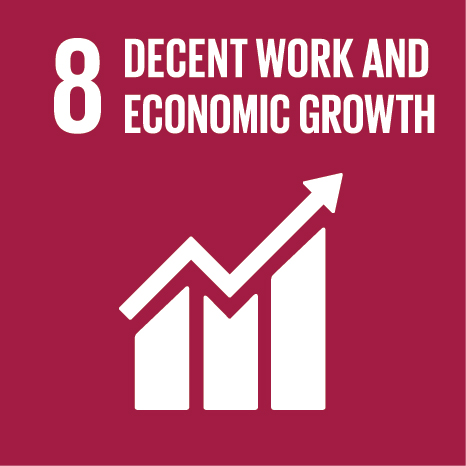Ciência_Iscte
Publications
Publication Detailed Description
Interactive impact of ethnic distance and cultural familiarity on the perceived effects of free trade agreements
Journal Title
Asia Pacific Journal of Management
Year (definitive publication)
2019
Language
English
Country
United States of America
More Information
Web of Science®
Scopus
Google Scholar
This publication is not indexed in Google Scholar
This publication is not indexed in Overton
Abstract
Past research on free trade agreements (FTAs) mostly uses an economic perspective to assess their impact on the level of trade and investments between nations. As a result, there is a distinct paucity of research on the perceptions of employees and managers in organizations affected by FTAs, towards the likely outcomes of those FTAs. We address this gap by using the context of recently signed China-Australia free trade agreement (ChAFTA) to develop a multidimensional scale for the perceived advantages and disadvantages of FTAs. Drawing on social identity theory and the similarly-attraction paradigm we also show direct and interactive effects of perceived ethnic distance (between home and partner country) and cultural familiarity (with the FTA partner country) on these perceived outcomes of FTAs. Our findings highlight the need to look beyond the economic perspective and consider a much broader range of perceived outcomes of FTAs
Acknowledgements
--
Keywords
Advantages,Disadvantages,Employees,Ethnic distance,Free trade agreement,FTA
Fields of Science and Technology Classification
- Economics and Business - Social Sciences
Funding Records
| Funding Reference | Funding Entity |
|---|---|
| UID/GES/00315/2013 | Fundação para a Ciência e a Tecnologia |
Contributions to the Sustainable Development Goals of the United Nations
With the objective to increase the research activity directed towards the achievement of the United Nations 2030 Sustainable Development Goals, the possibility of associating scientific publications with the Sustainable Development Goals is now available in Ciência_Iscte. These are the Sustainable Development Goals identified by the author(s) for this publication. For more detailed information on the Sustainable Development Goals, click here.

 Português
Português



